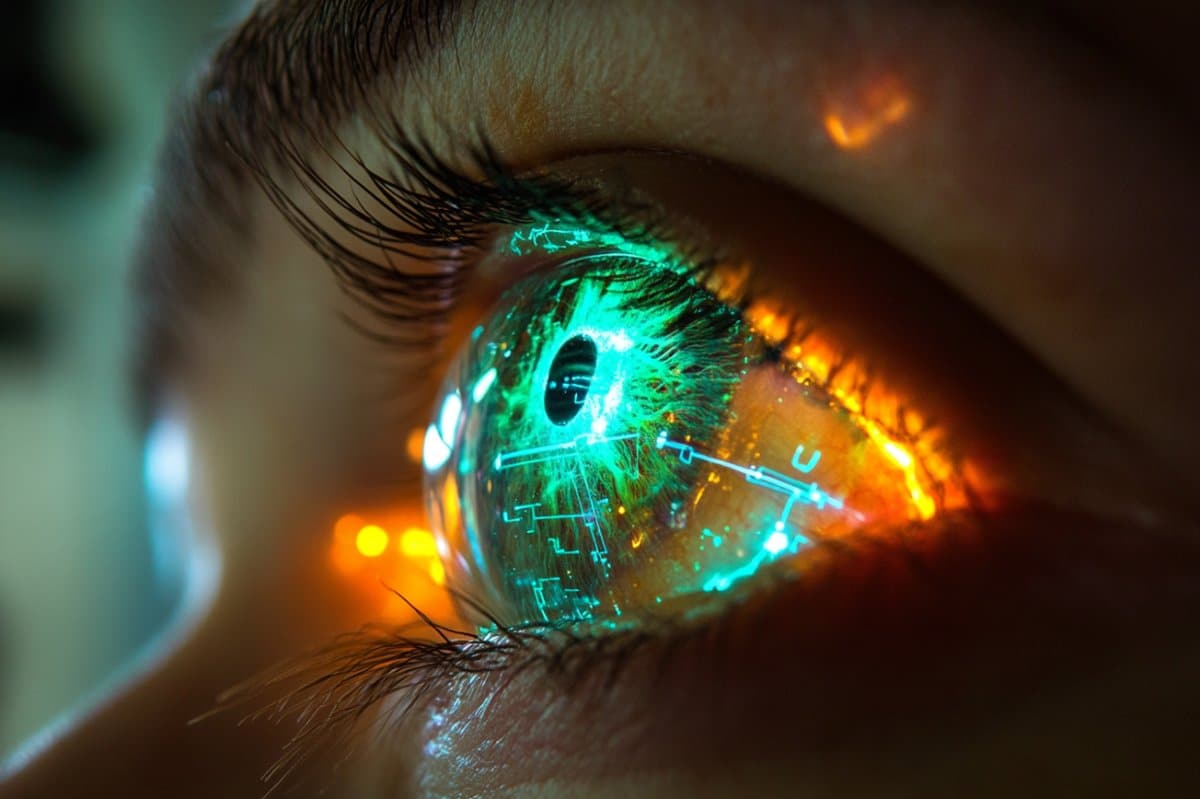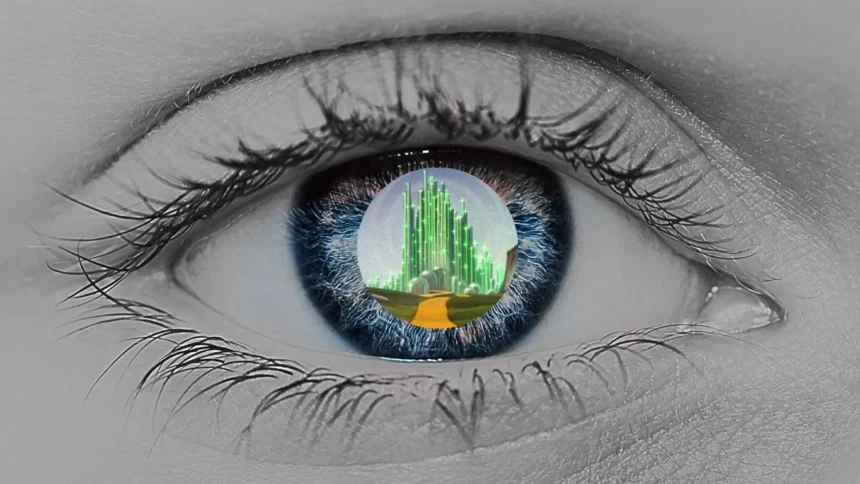
In a discovery that sounds like it leapt from the pages of science fiction — or the technicolour dream of The Wizard of Oz — researchers from the University of California, Berkeley and the University of Washington have unveiled a never-before-seen colour called “olo”. Described as an extraordinarily saturated shade of blue-green, the colour cannot be perceived through natural sight, but instead via laser stimulation directly to the retina.
This breakthrough was made using what the scientists have named the Oz Vision System, a nod to the magical Emerald City from L. Frank Baum’s iconic novel and the beloved 1939 film adaptation starring Judy Garland. And just like Dorothy’s fantastical journey, the visual experience of “olo” lies beyond our normal reality.
What is ‘Olo’ – And Why Can’t We See It?
The colour ‘olo’ is the result of stimulating only the M (medium-wavelength) cone cells in the human eye with ultra-precise laser pulses. Normally, colour perception is produced by a combination of signals from the three cone types — S (short), M (medium), and L (long) — but isolating the M cones creates a hyper-saturated blue-green sensation that has never been recorded before.
The laser technique allows the scientists to manipulate the eye’s response at a micron scale (one millionth of a meter). When the laser signals are intentionally jittered, participants no longer perceive the laser’s true colour, but instead see “olo” — an unprecedented, vivid tone unlike anything in the visible world.
Only five people in the world have reportedly seen this colour, including the authors of the study, published in Science Advances.
The ‘Wizard of Oz’ Inspiration
The connection to The Wizard of Oz isn’t just symbolic. The Oz Vision System references the magical Emerald City — the destination Dorothy travels toward in her quest for deeper understanding. Similarly, scientists are exploring new “cities” of perception, using modern technology to reveal what lies outside the spectrum of ordinary sight.
“We predicted from the beginning that it would look like an unprecedented colour signal,” said Professor Ren Ng from UC Berkeley, co-author of the study. “But we didn’t know what the brain would do with it. It was jaw-dropping. It’s incredibly saturated.”
Is It Really a New Colour?
Not everyone in the scientific community is convinced. John Barbur, a vision scientist from City St George’s, University of London, stated: “It is not a new colour. It’s a more saturated green that can only be produced when the only input comes from M cones.”
Still, the team stands by their findings, calling “olo” proof that the brain can perceive colours outside the traditional gamut — the full range of visible colours. Participants had to desaturate “olo” by mixing in white light just to compare it with the closest known colours, confirming its uniqueness.
A Glimpse of Olo?
While the real ‘olo’ can’t be shown on screens or printed on paper, researchers offered a turquoise-blue square as the closest match for public viewing. It’s just a hint, not the real deal, and only those stimulated by the laser system can truly see the actual colour.

Why This Matters
Beyond its novelty, the discovery of ‘olo’ opens doors to deeper understanding of how the brain processes visual information. It could pave the way for breakthroughs in treating colour blindness or eye diseases that impair perception. The Oz system also challenges the assumption that the visible spectrum defines our limits — suggesting that with the right tools, we may be able to expand human experience.
There’s No Colour Like Olo
For now, “olo” remains a mysterious gem in the scientific Emerald City — visible only to a select few through advanced technology. Still, it reminds us of the power of innovation to transform not only how we see the world but also what we believe is possible to see.
Well, there’s no place like home… and no colour like ‘olo’.
Learn more about cutting-edge perception science in our feature: New Frontiers in Sensory Science









